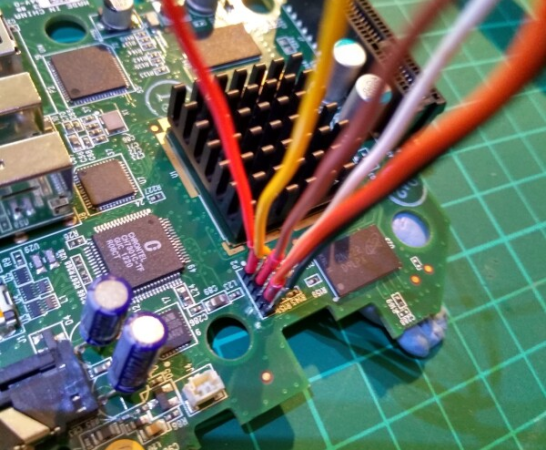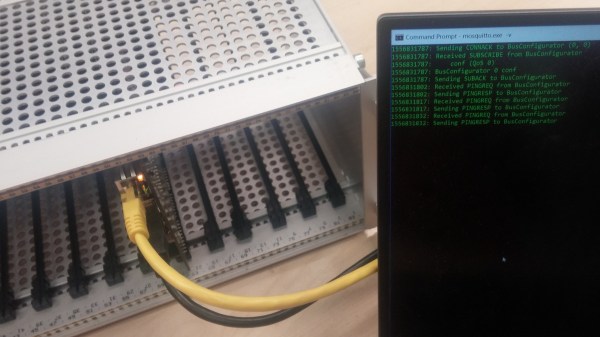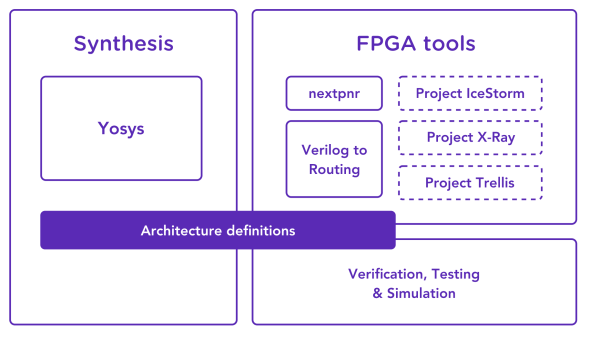You ever wonder exactly what’s inside that cheap stuff you get from China? Sometimes it is cheap parts you’ve never heard about. Case in point: if you are willing to import, you can score an FPGA board for about $5. The downside? You’ve probably never heard of the GOWIN Semi GW1N — one of the Little Bee FPGAs — that’s onboard.
There is some English documentation which leaves room for interpretation and you’ll have to use their IDE. Then again, it might be a fun puzzle to get one of these working. Looks like Seeed has them available for $4.90.
According to the Wiki, the onboard chip is GW1N-LV1QN48C6/I5, equipped with 1152 LUT4 logic resources, 1 PLL and a total of 72Kbit SRAM. The development board brings out all I/O interfaces. There’s also 64 Mbits of PSRAM. The board also has an RGB interface for a display, a 24 MHz clock, and the USB programming/debugging interface.
We didn’t try it, but the development tool looks to be available for Windows or Linux. Browsing through the wiki gives the impression it is usable, although probably simple — which could be an advantage compared to some other tool suites.
Worth a try? The Lattice chips are not that expensive and are well supported by open source tools. Then again, people want to try the very cheap (under a dime) CPU that is in a lot of products. So why not FPGAs, too?



















